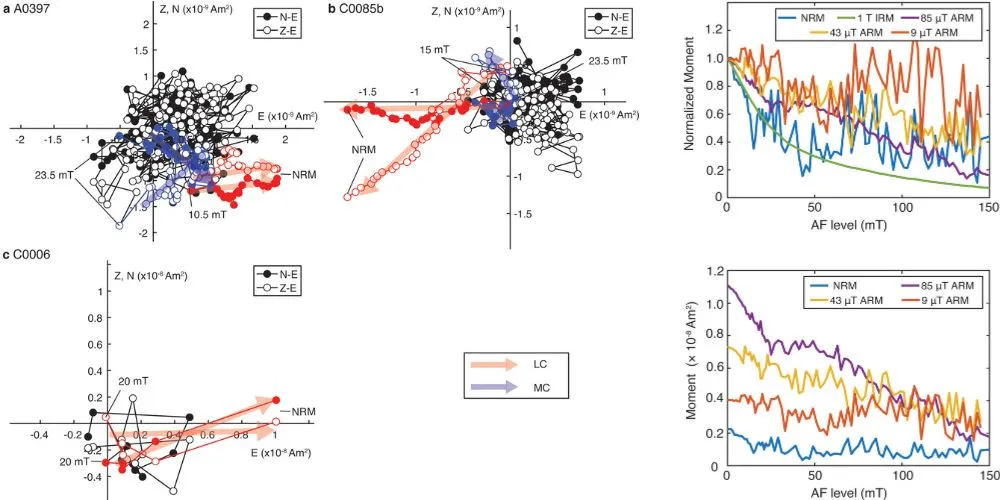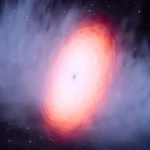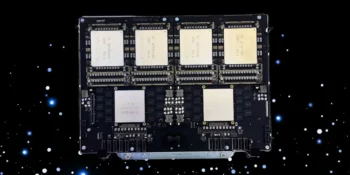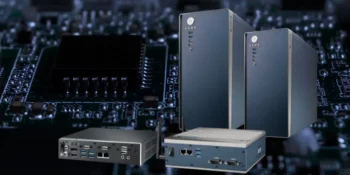Key Points
- Particles from Ryugu reveal evidence of a weak magnetic field in the outer solar system, estimated at 15 microtesla.
- The field was significantly weaker than Earth’s but sufficient for matter accretion, likely influencing the formation of planets like Jupiter and Neptune.
- Magnetic fields generated by the solar nebula are thought to have driven planetary formation across the solar system.
- Scientists will analyze Bennu samples further to understand the outer solar system’s early magnetic fields.
Tiny particles from asteroid Ryugu, collected by the Japanese Aerospace Exploration Agency’s Hayabusa2 mission and returned to Earth in 2020, offer new insights into the magnetic forces that influenced the outer regions of the early solar system. MIT scientists and their collaborators have analyzed these particles, which may help explain how the outer planetary bodies, from Jupiter to Neptune, began to form over 4.6 billion years ago.
The team focused on Ryugu because it likely formed in the distant reaches of the solar system before migrating inward. By studying its particles, they hoped to determine whether a magnetic field was present in this region when the asteroid initially coalesced.
Their findings suggest that any magnetic field in Ryugu’s birthplace was very weak, measuring at most 15 microtesla—significantly less than Earth’s current 50 microtesla magnetic field. Although weak, such a field could have been strong enough to pull together gas and dust, aiding in the accretion of matter that eventually formed the outer planets and distant asteroids.
Published in AGU Advances, this research marks the first evidence of a weak magnetic field in the far solar system during its formative period. Previously, scientists knew a strong magnetic field influenced the inner solar system, promoting the creation of terrestrial planets like Earth. However, the role and extent of magnetic forces in more remote regions beyond Jupiter remained uncertain until now.
Lead author Elias Mansbach, now a postdoctoral researcher at Cambridge University, explained that the solar system began as a swirling cloud of interstellar gas and dust condensing into a disk of matter. Most of this material accumulated at the center, forming the sun, while a solar nebula of ionized gas and dust rotated around it. Scientists theorize that this nebula, driven by interactions with the nascent sun, generated a magnetic field that helped shape planets, asteroids, and moons.
In the past, researchers found evidence of this magnetic field in meteorites thought to have originated within the inner solar system but not from samples farther away. Ryugu’s particles provided an opportunity to explore the outer regions, suggesting that although weaker, a magnetic field existed far beyond the sun’s influence, aiding in outer planetary formation.
The research team will continue their studies with samples from Bennu, another distant asteroid returned by NASA’s OSIRIS-REx mission in 2023, to further investigate magnetic forces in the far reaches of the early solar system.












